
Tips to clean the washing machine drum from mold with familiar, inexpensive items without vinegar or bleach

How to Easily Remove Mold from Washing Machine Rubber Seals Without Bleach or Vinegar
The rubber seal on a washing machine door is one of the most common areas where bacteria and mold can accumulate if not cleaned regularly. Once mold begins to grow in this damp, hidden spot, it can cause unpleasant odors and even transfer dirt or mildew onto freshly washed clothes. Fortunately, you can easily remove mold from this area using a simple, affordable household product—without relying on bleach or vinegar.
While mold is a common hygiene issue that can affect various parts of a washing machine, many households tend to overlook the rubber door seal. This area often traps moisture, dust, lint, and leftover detergent—creating the perfect environment for mold and mildew to thrive. Over time, this buildup not only compromises the washer’s ability to seal properly but can also shorten its lifespan and leave your laundry smelling musty.
Cleaning expert Debbie Young from Scrub Hub, speaking to Express, explained that you don’t need harsh chemicals or expensive cleaners to tackle the issue. Instead, she recommends using regular dishwashing liquid, a product found in nearly every kitchen. Dish soap is excellent at cutting through grease and grime, and it also works wonders for removing buildup inside washing machines.
“You don’t need to call a professional or spend money on costly detergents,” Debbie says. “A traditional dish soap is a simple, inexpensive, and effective choice.”
She adds, “When the washing cycle combines hot water and dish soap, it helps break down residue and remove mold just as effectively as it does on dishes.”
Step-by-step method to clean mold from your washing machine
-
Empty the drum. Make sure there are no clothes inside the washer.
-
Add dish soap. Pour a small amount of dishwashing liquid directly into the drum.
-
Run a hot cycle. Add a little water into the detergent drawer, then select a full wash cycle at 90°C (194°F).
-
Wipe the seal. Once the cycle is complete, use a clean cloth or sponge to gently wipe around the rubber seal. The mold and grime should come off easily—no scrubbing required.
For stubborn spots, you can dip a soft toothbrush in a mixture of warm water and dish soap to reach deep folds in the gasket. This ensures every corner is thoroughly cleaned and prevents future buildup.
Preventing mold from returning
To keep your machine mold-free, remember to leave the door slightly open after every wash. This allows air to circulate and helps the rubber gasket dry completely, preventing moisture from lingering. You can also remove the detergent drawer occasionally and rinse it under hot water to clear out any soap residue.
Another helpful habit is to run a “maintenance wash” once a month using dish soap or a specialized washing machine cleaner. This keeps your washer smelling fresh and operating efficiently.
As Debbie emphasizes, tackling mold doesn’t have to be difficult or time-consuming.
“You simply let the machine and the dish soap do the work,” she says. “Once the hot cycle finishes, your washing machine will be clean, fresh, and ready to use—no unpleasant odors, no mold, and no fuss.”
News in the same category

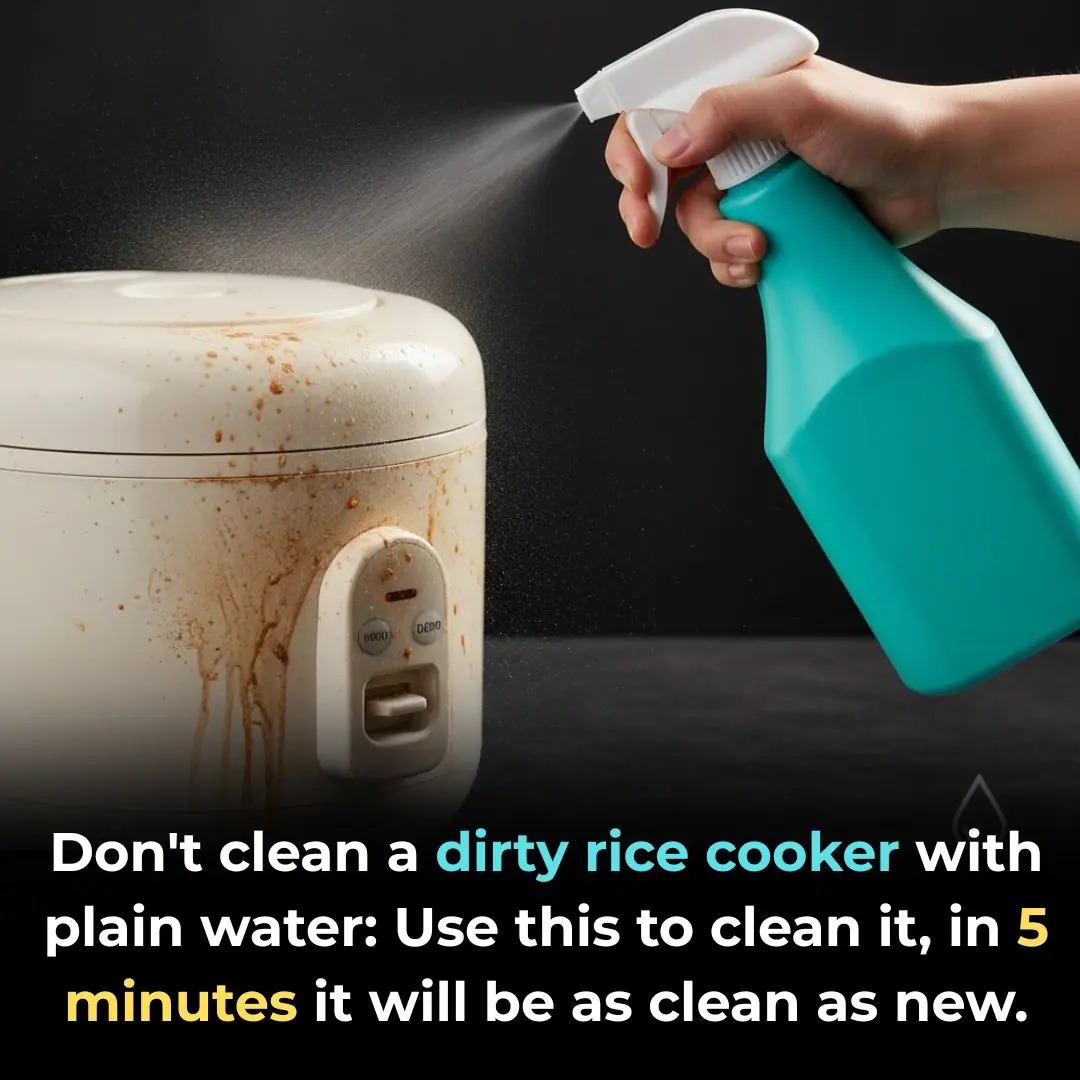
Don't clean a dirty rice cooker with plain water: Use this to clean it, in 5 minutes it will be as clean as new
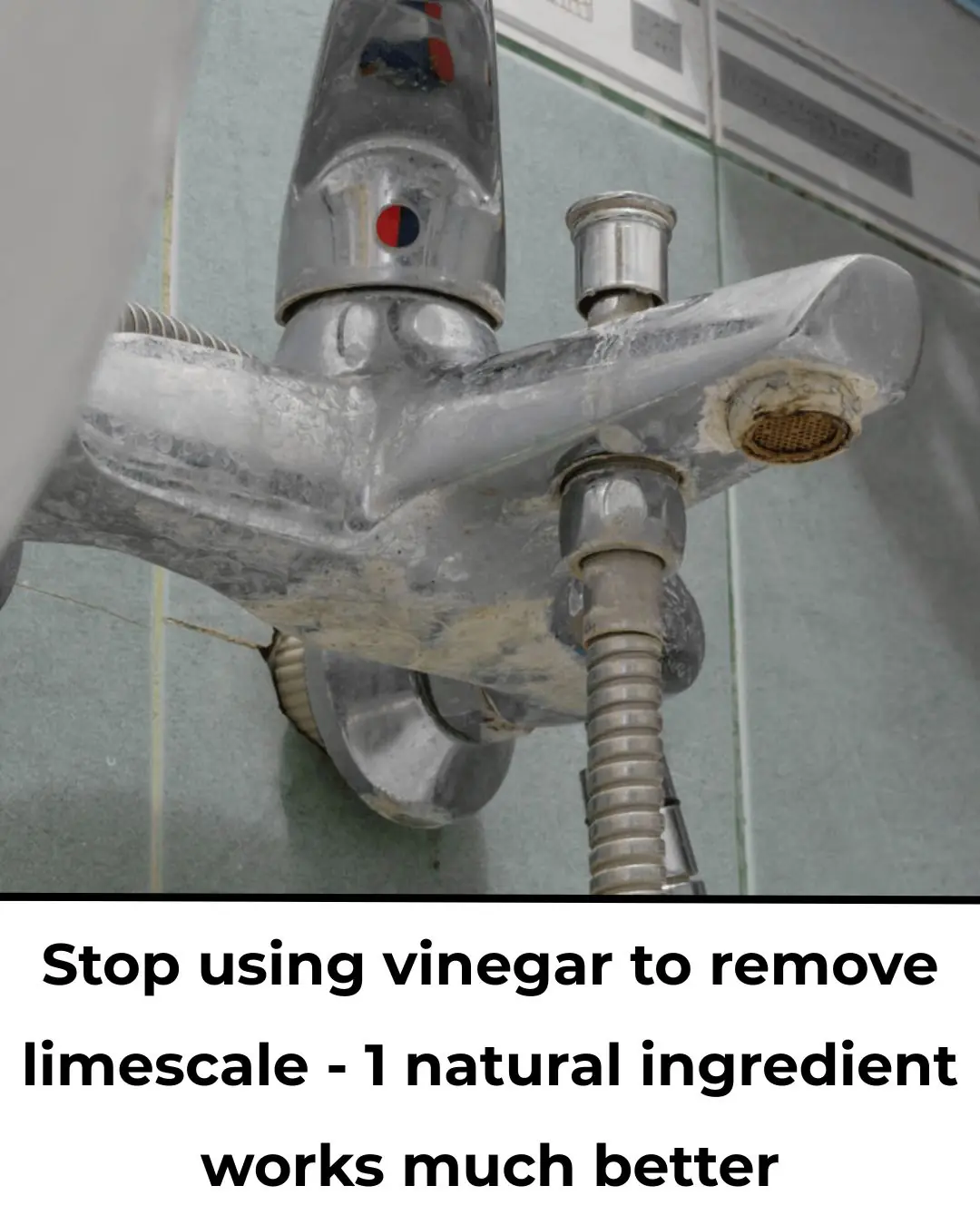
Stop Using Vinegar for Limescale — There’s a Better Natural Alternative

People Shocked to Find Out What Paprika is Actually Made From

10 perfect ways to prevent dampness and humidity in your home
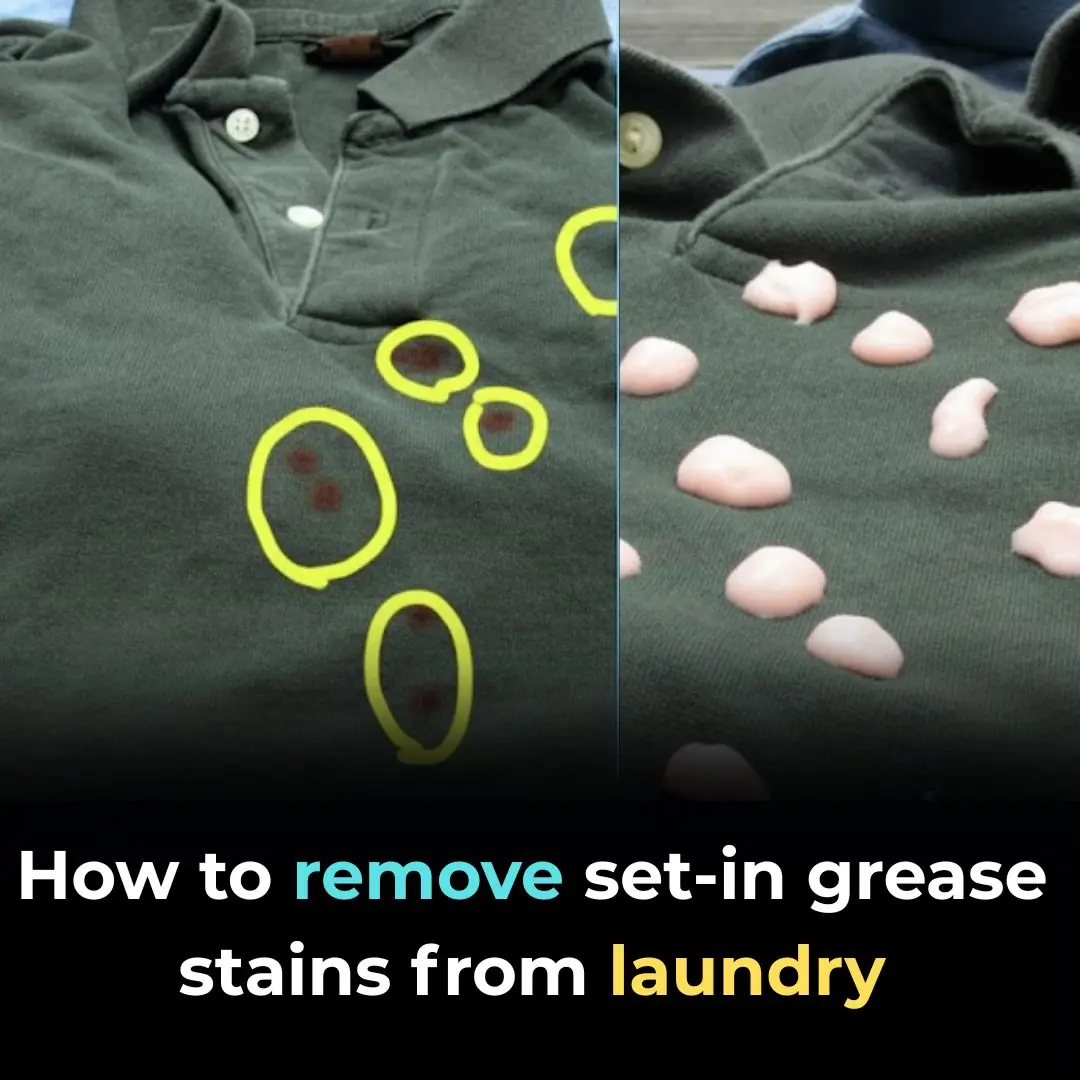
How To Remove Set-in Grease Stains From Laundry

Putting garlic under your pillow not only keeps evil away, but also has many other health benefits

How to make bread with an air fryer, simple, crispy, fragrant and delicious
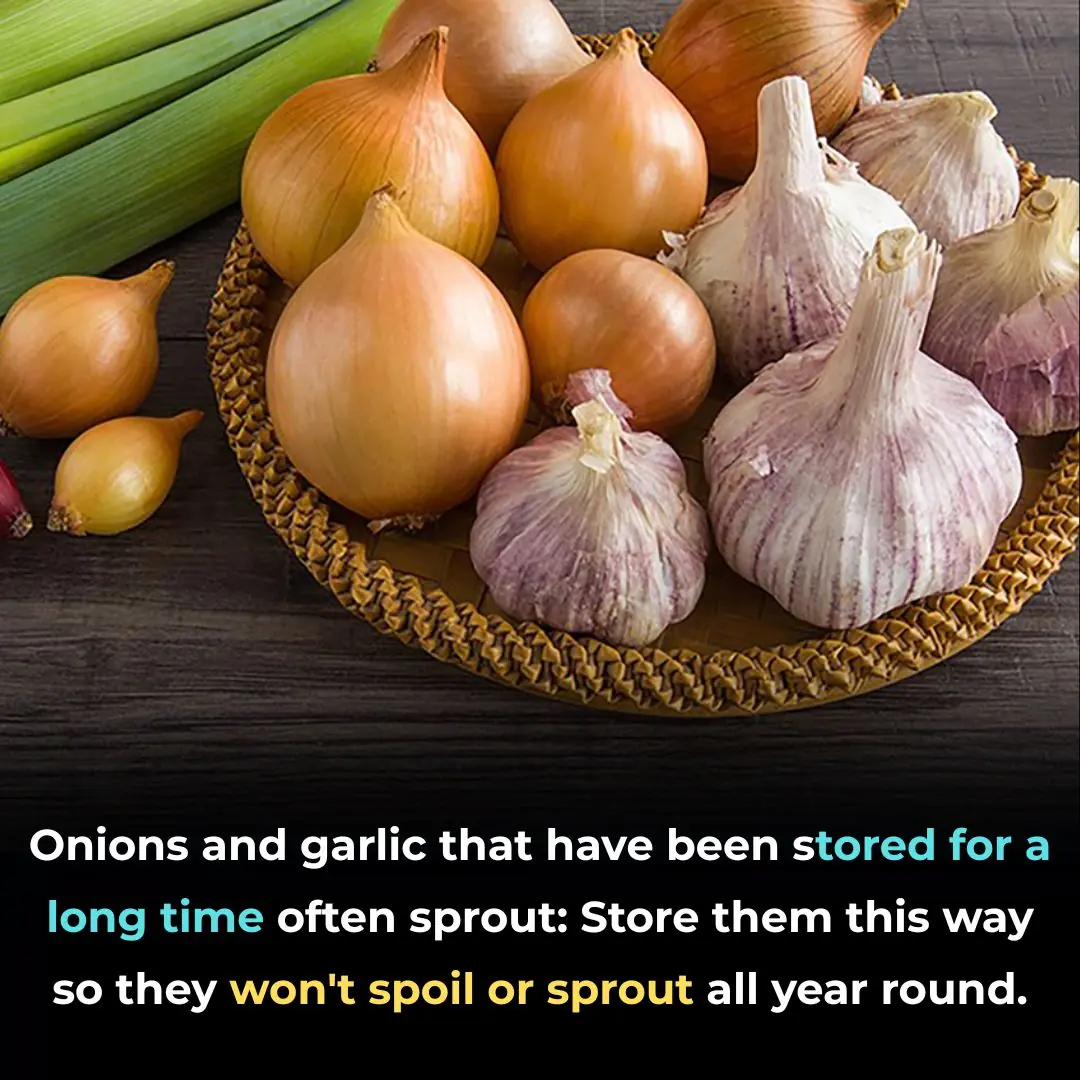
Onions and garlic that have been stored for a long time often sprout: Store them this way so they won't spoil or sprout all year round.

Toilet lid and seat are yellowed for a long time: Apply this tip to whiten the toilet and remove all bad odors

Drop this handful of leaves into fish stock: Big or small fish will be tender, no longer fishy, and delicious.

A simple tip on how to grow ginger using cement bags, never had such a good yield of ginger
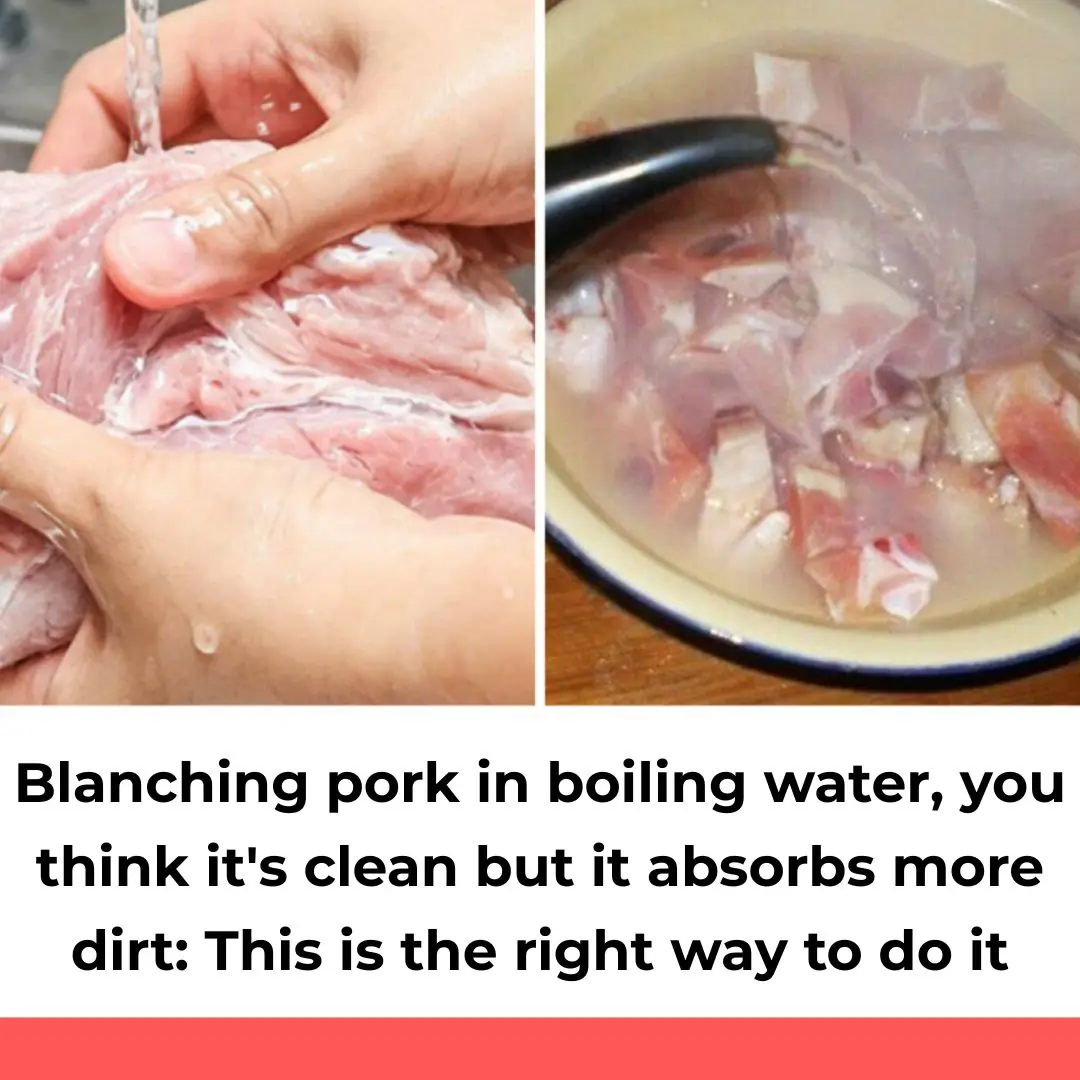
Blanching pork in boiling water, you think it's clean but it absorbs more dirt: This is the right way to do it

Don’t Use Just Water: This Clever Trick Makes Dirty White Walls Look Brand New in Minutes

Miracle Sleep Aid: Placing One Orange Beside Your Bed Can Dramatically Improve Your Health

There are two very precious parts on the pig: ginseng and bird's nest, so you can eat comfortably without getting fat
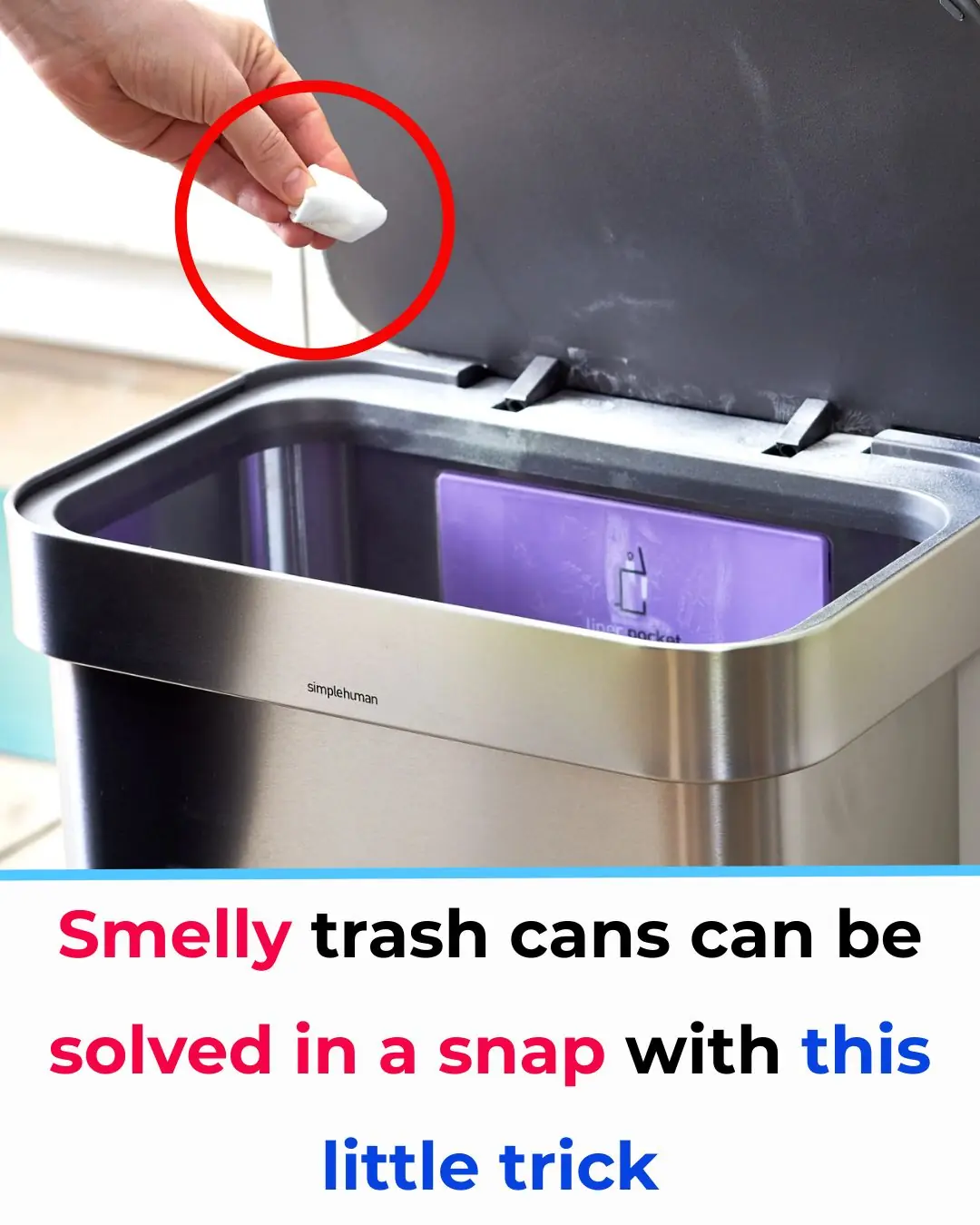
Smelly trash cans can be solved in a snap with this little trick

Never clean switches at home with water when they are dirty, here is a tip to clean them like new
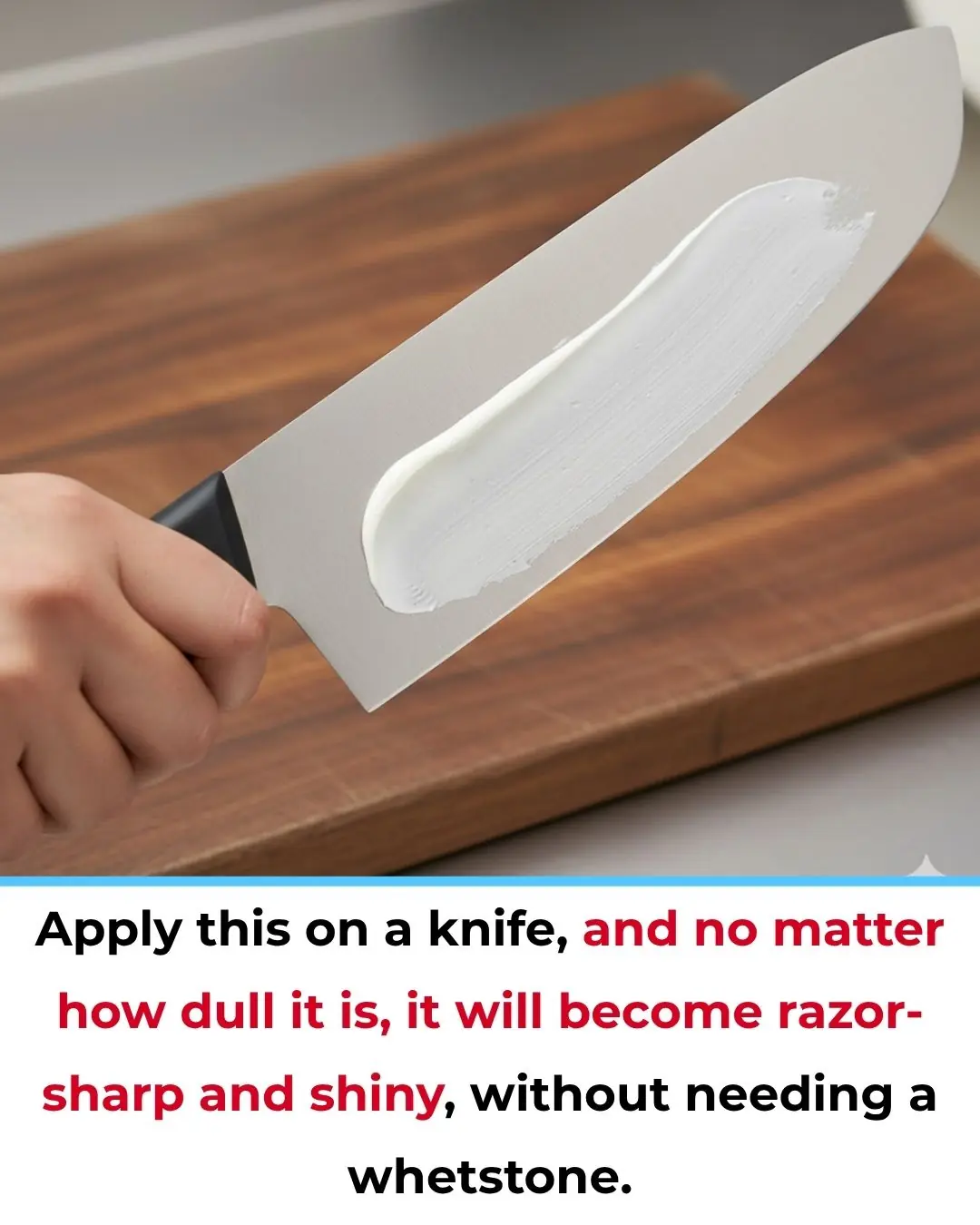
Apply This on Your Knife — Even the Dullest Blade Will Turn Razor-Sharp and Shiny Without a Whetstone
News Post

‘Liver Protection’: A Simple But Effective Drink Proven by Science

Don't clean a dirty rice cooker with plain water: Use this to clean it, in 5 minutes it will be as clean as new

Stop Using Vinegar for Limescale — There’s a Better Natural Alternative
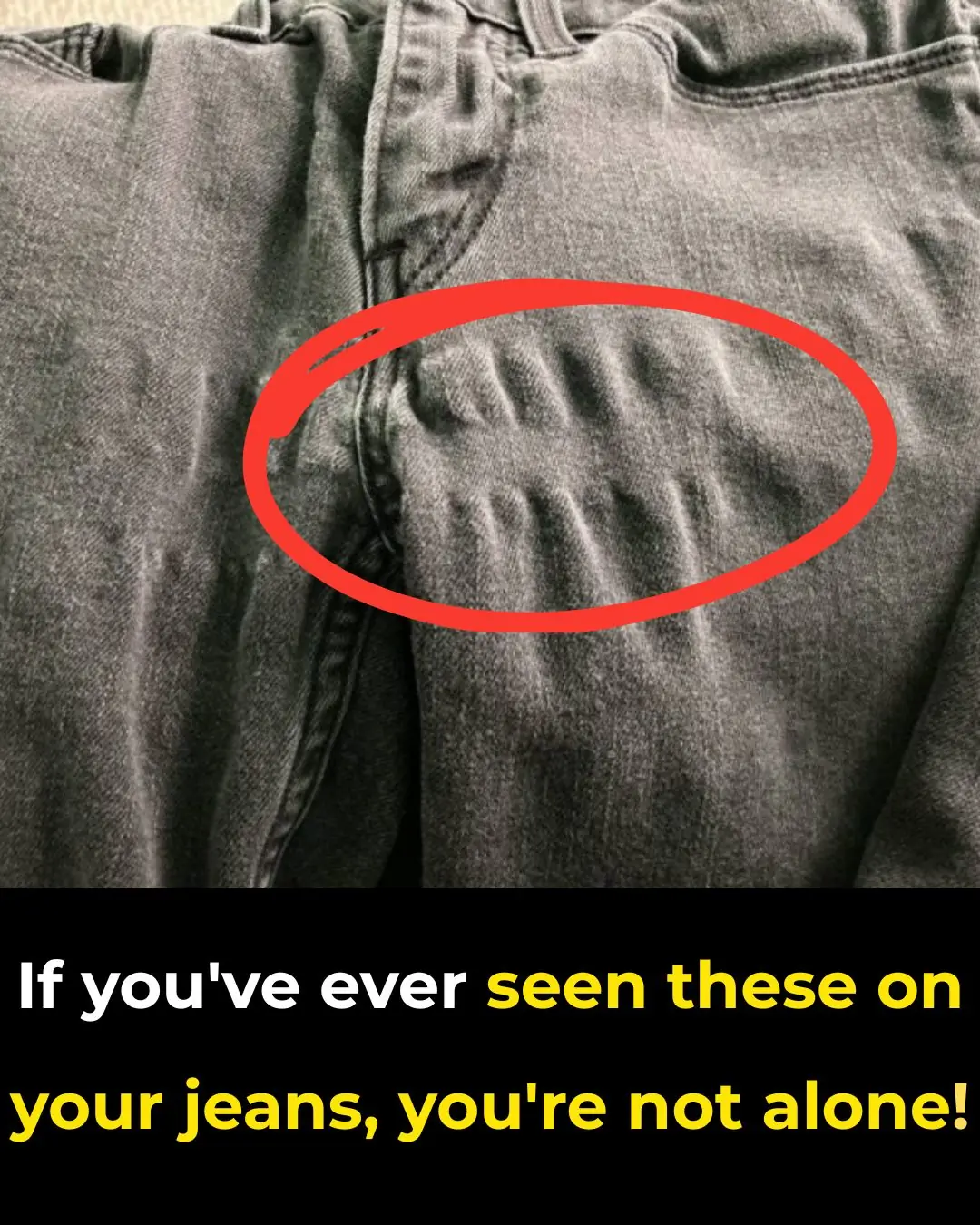
Why Do Jeans Get Weird Ripples After Washing?

People Shocked to Find Out What Paprika is Actually Made From

Molasses Stops Insulin Resistance Almost Immediately — Here's How to Use It

15 Silent Signs You’re Dangerously Low on Vitamin B12

The Officer Who Tried Anyway.

3 abnormalities in the hand warn of liver cancer, many people see but subjectively ignore

The Woman Who Gave Broken Hearts a Second Chance.

10 perfect ways to prevent dampness and humidity in your home

The Broken Bicycle and the Kindness That Followed.

The Potassium Powerhouse: What Eating Bananas Daily Does to Your Blood Pressure

How To Remove Set-in Grease Stains From Laundry

The Man Who Couldn’t Hear the Flames — But Felt the Fear.

Putting garlic under your pillow not only keeps evil away, but also has many other health benefits

From Bus Driver to PhD: The Journey That Never Stopped Moving.

A Mother’s Heart, A Policeman’s Hands: The Rescue That Touched a Forest.

A Powerful Two-Ingredient Mixture for Cleansing Your Liver
